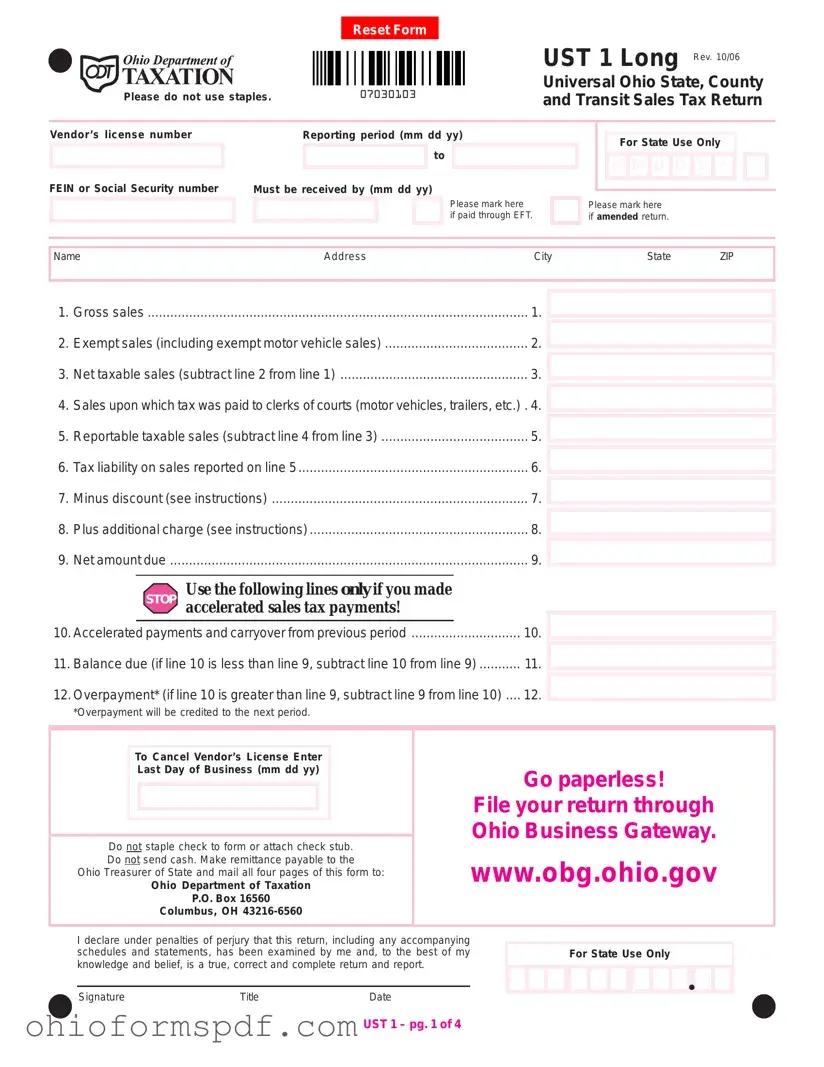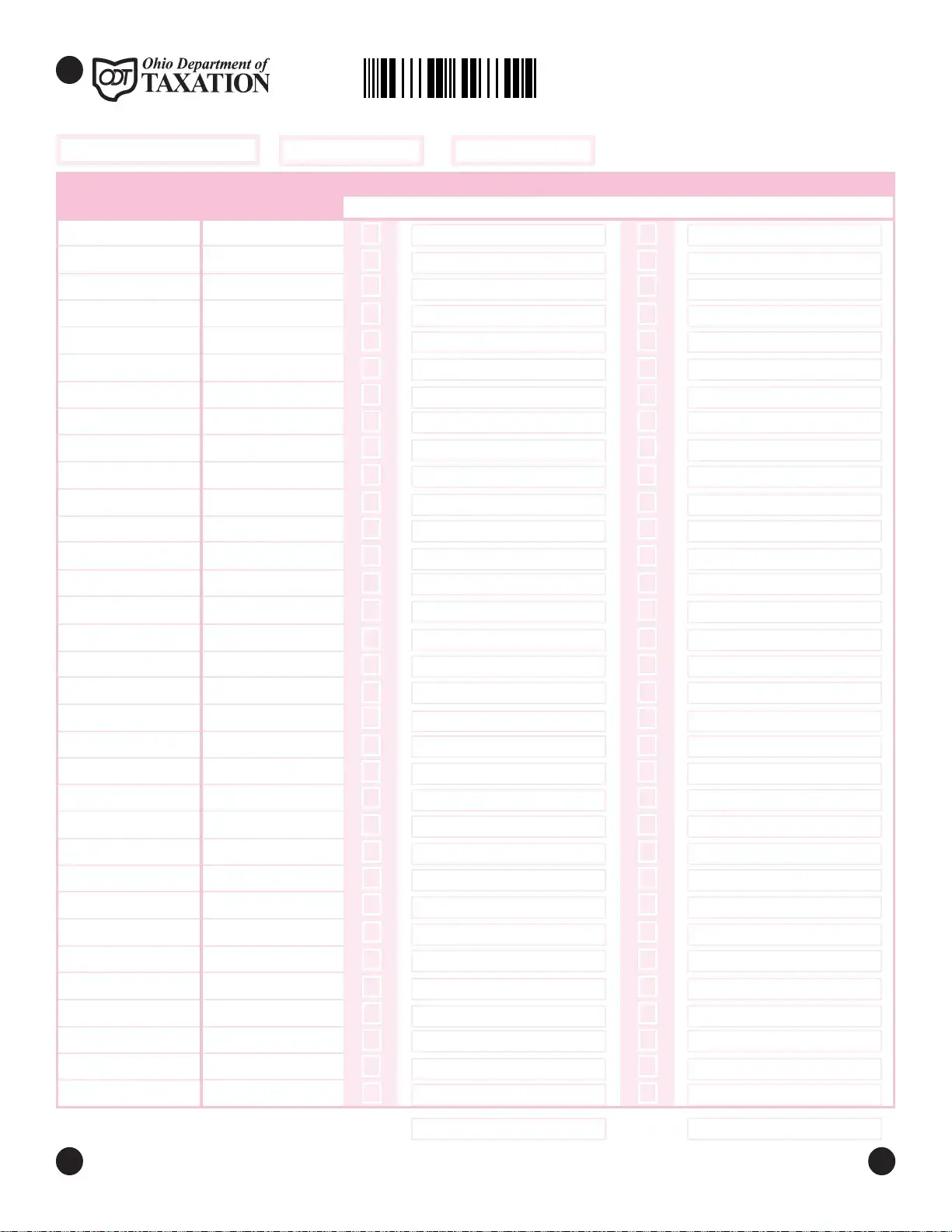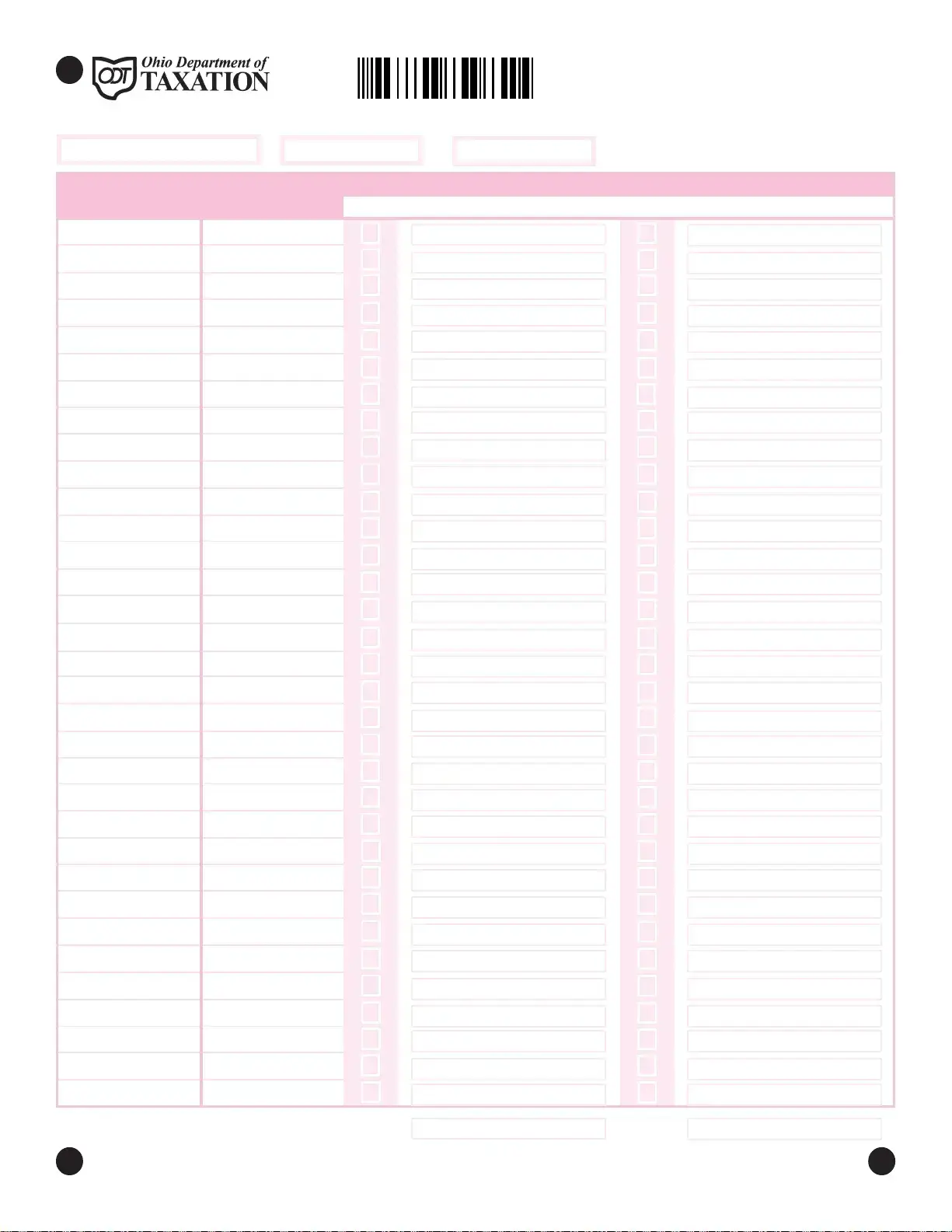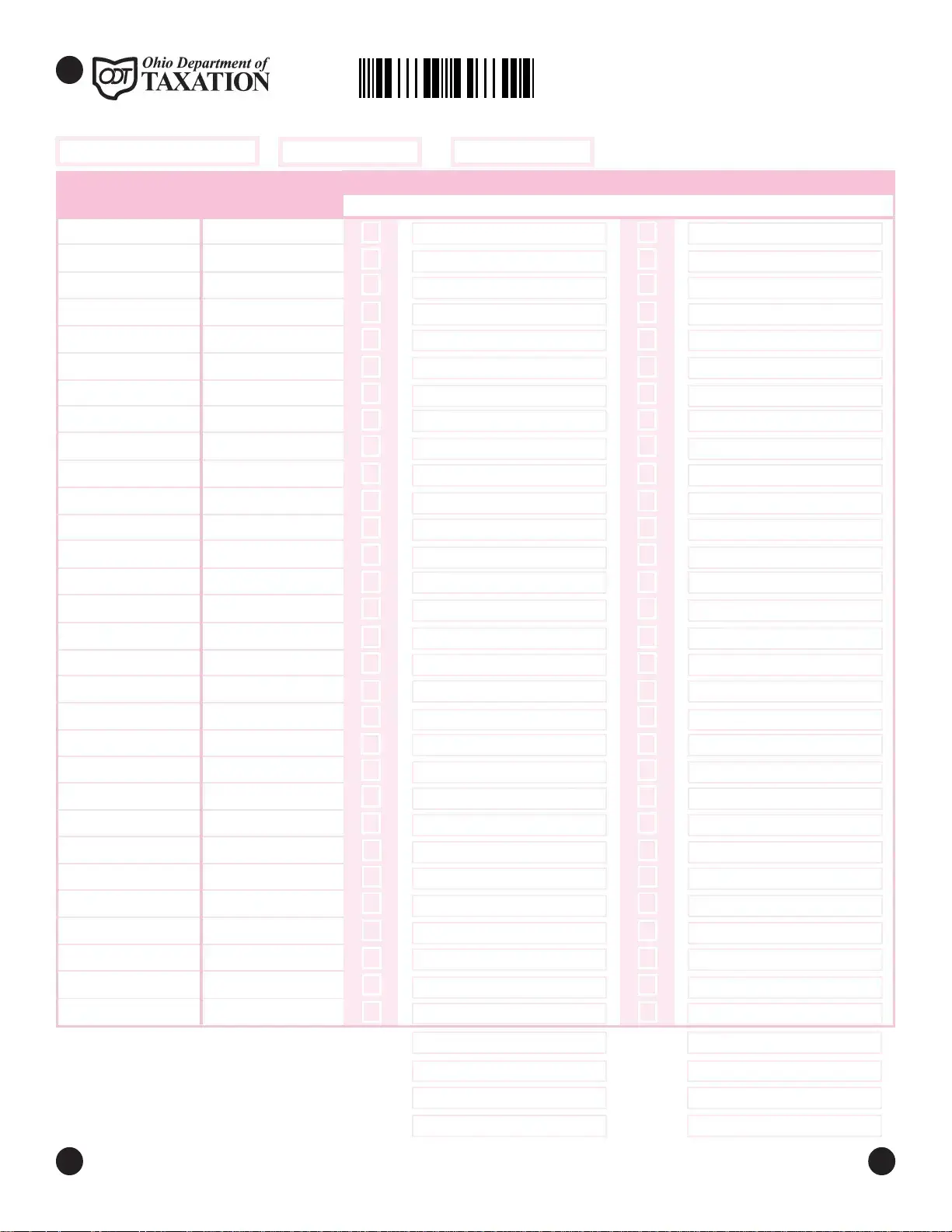
1. Gross sales .....................................................................................................1.
2. Exempt sales (including exempt motor vehicle sales) ......................................2.
3. Net taxable sales (subtract line 2 from line 1) .................................................. 3.
4. Sales upon which tax was paid to clerks of courts (motor vehicles, trailers, etc.) . 4.
5. Reportable taxable sales (subtract line 4 from line 3) .......................................5.
6. Tax liability on sales reported on line 5.............................................................6.
7. Minus discount (see instructions) .................................................................... 7.
8. Plus additional charge (see instructions)..........................................................8.
9. Net amount due ............................................................................................... 9.
10.Accelerated payments and carryover from previous period ............................. 10.
11.Balance due (if line 10 is less than line 9, subtract line 10 from line 9)........... 11.
12.Overpayment* (if line 10 is greater than line 9, subtract line 9 from line 10) .... 12.
*Overpayment will be credited to the next period.
Do not staple check to form or attach check stub.
Do not send cash. Make remittance payable to the
Ohio Treasurer of State and mail all four pages of this form to:
Ohio Department of Taxation
P.O. Box 16560
Columbus, OH 43216-6560
Go paperless!
File your return through
Ohio Business Gateway.
www.obg.ohio.gov
UST 1 – pg. 1 of 4
Name Address City State ZIP
FEIN or Social Security number
Must be received by (mm dd yy)
Please mark here
if paid through EFT.
Please mark here
if amended return.
Signature Title Date
I declare under penalties of perjury that this return, including any accompanying
schedules and statements, has been examined by me and, to the best of my
knowledge and belief, is a true, correct and complete return and report.
Use the following lines only if you made
accelerated sales tax payments!
STOP
Vendor’s license number
Reporting period (mm dd yy)
to
For State Use Only
MDDYMY
Please do not use staples.
UST 1 Long
Universal Ohio State, County
and Transit Sales Tax Return
Rev. 10/06
To Cancel Vendor’s License Enter
Last Day of Business (mm dd yy)
For State Use Only
,,
Q
07030103




